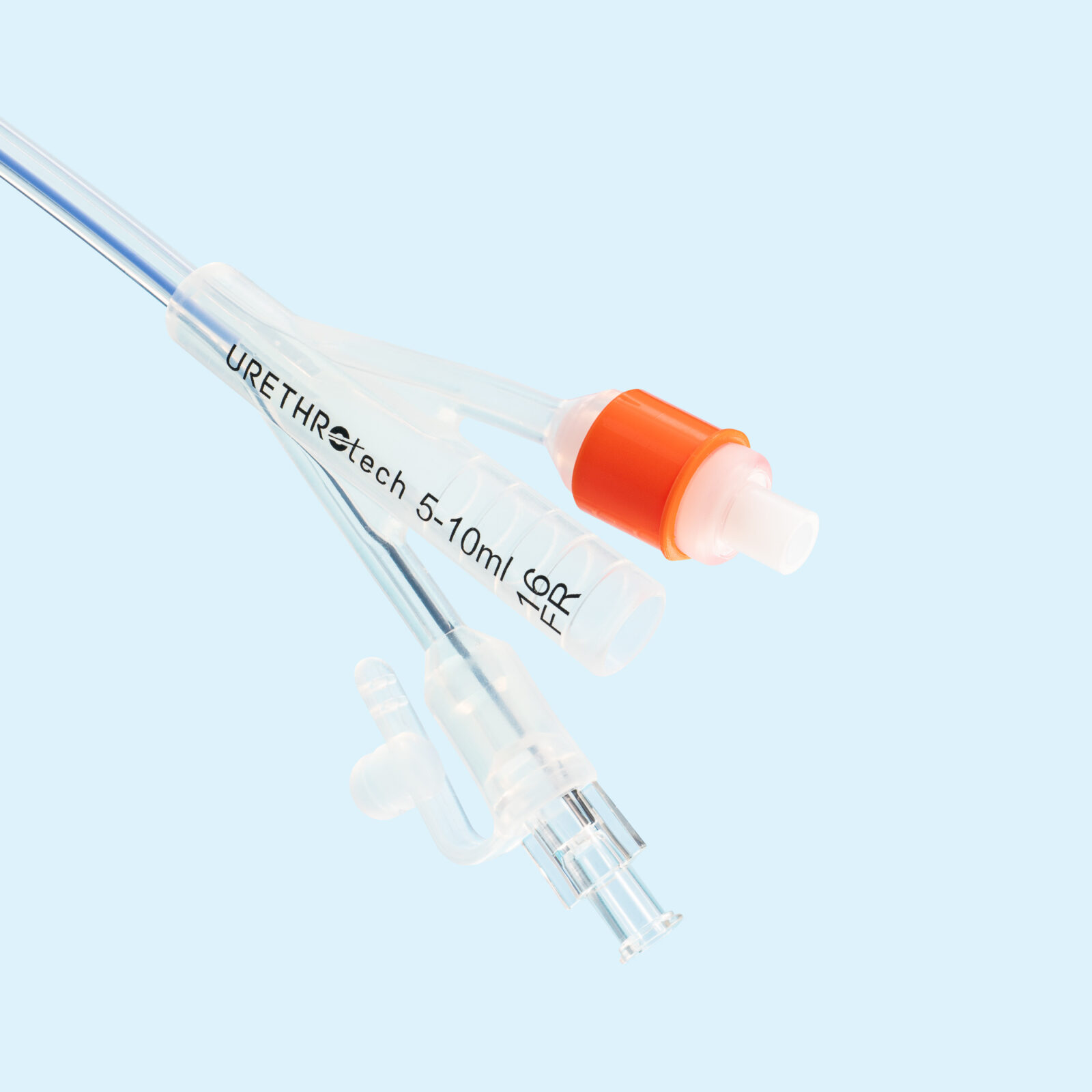
The second instalment of our Urethrotech UCD® Case Study is out now, focusing on our chat with Vicki Fulbrook, SAS Urology Doctor, at North West Anglia NHS Foundation Trust. Vicki has been using the UCD® successfully, from Pennine’s medical device range, in her hospital for a while now and is very vocal about the many benefits of using the catheter. You can read the interview below:
I’m an SAS urology doctor in a busy district hospital. I was initially made aware of the catheter because of its subsequent need in a background of under documented catheter associated injuries. Miss Daniela Andrich provided an excellent presentation at our local audit meeting and subsequently I saw a need within our own practice for this device. As I was working directly with the team, I was able to develop a service audit to assess the efficacy of the catheter within our trust. I’m delighted to announce the catheter has been used by our team very successfully.
The main benefits are the ease of use and success rate when standard Foley catheters have failed. There is also a lack of trauma and omission of invasive procedures for patients who normally who have required a SPC insertion and or cystoscopy and guidewire insertion of a catheter in theatre.
I wanted to highlight the under-documented urethral trauma and its implications caused by poor catheter insertion and the reasons for this. The accumulative impact urethral injury/trauma has on patient care both acutely and its long-term complications. The gap in current practice the UCD therefore fills. I also wanted to document the impact I have seen on my own practice and the void in current research.
The UCD® offers significant time saving and better staff utilisation (in a high-pressure climate) by avoiding the use of theatres for current second line catheterisation – SPC or cystoscopy with guidewire insertion of catheter.
The use of the UCD has been an excellent addition to the catheter bundle. With an appropriate algorithm for catheter insertion this can avoid the short- and long-term implications of urethral trauma/injury on patient care, reduce the financial costings of the current second line catheter insertion and provide in the long-term plan staff morale by working autonomously with greater independence for nursing and junior staff.
There have been plenty of positive comments, ranging from the ease of insertion with minimal discomfort, through to no complications noted requiring no returns back to the hospital.
Yes! That is one of the incentives and drives for this project. I hope, alongside this project, to improve education amongst the hospital staff completing catheterisation.
You should enquire about the UCD® due to three main benefits: